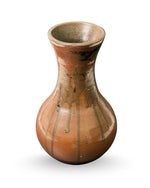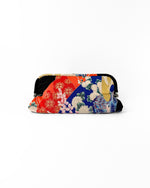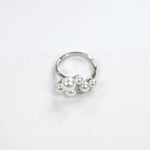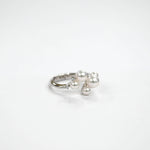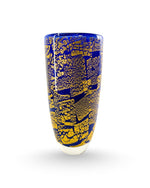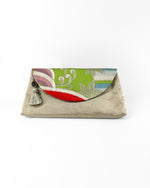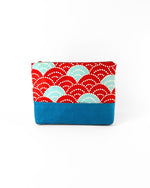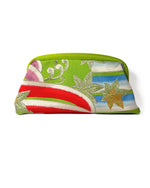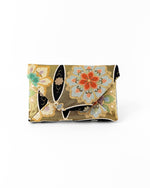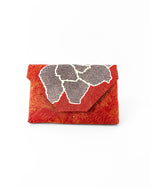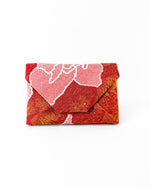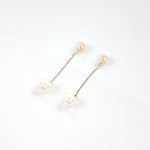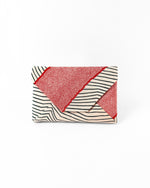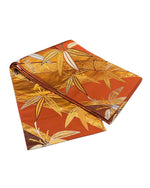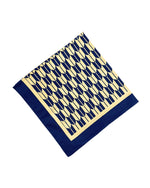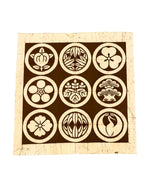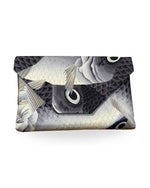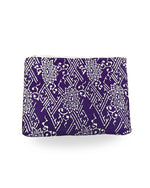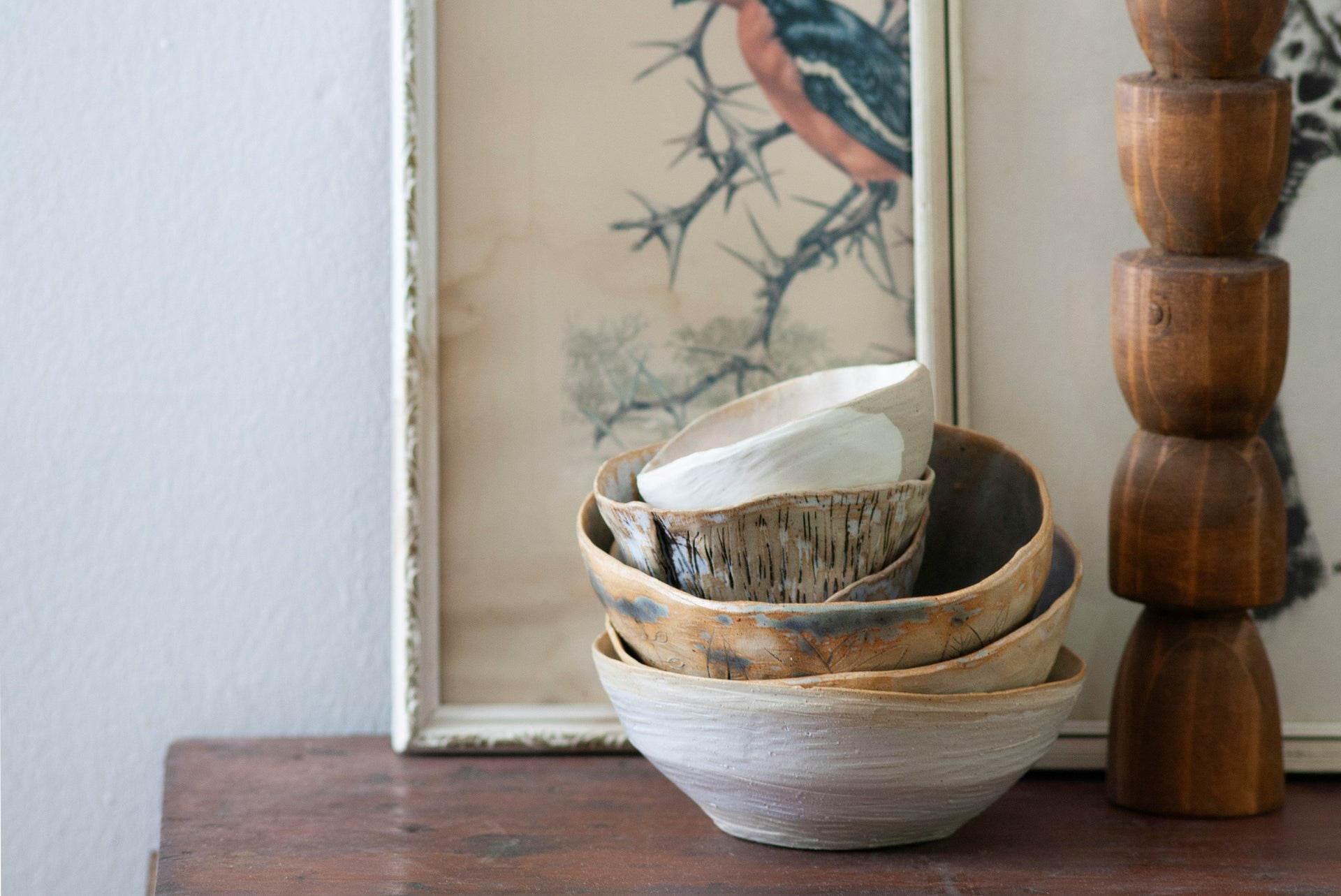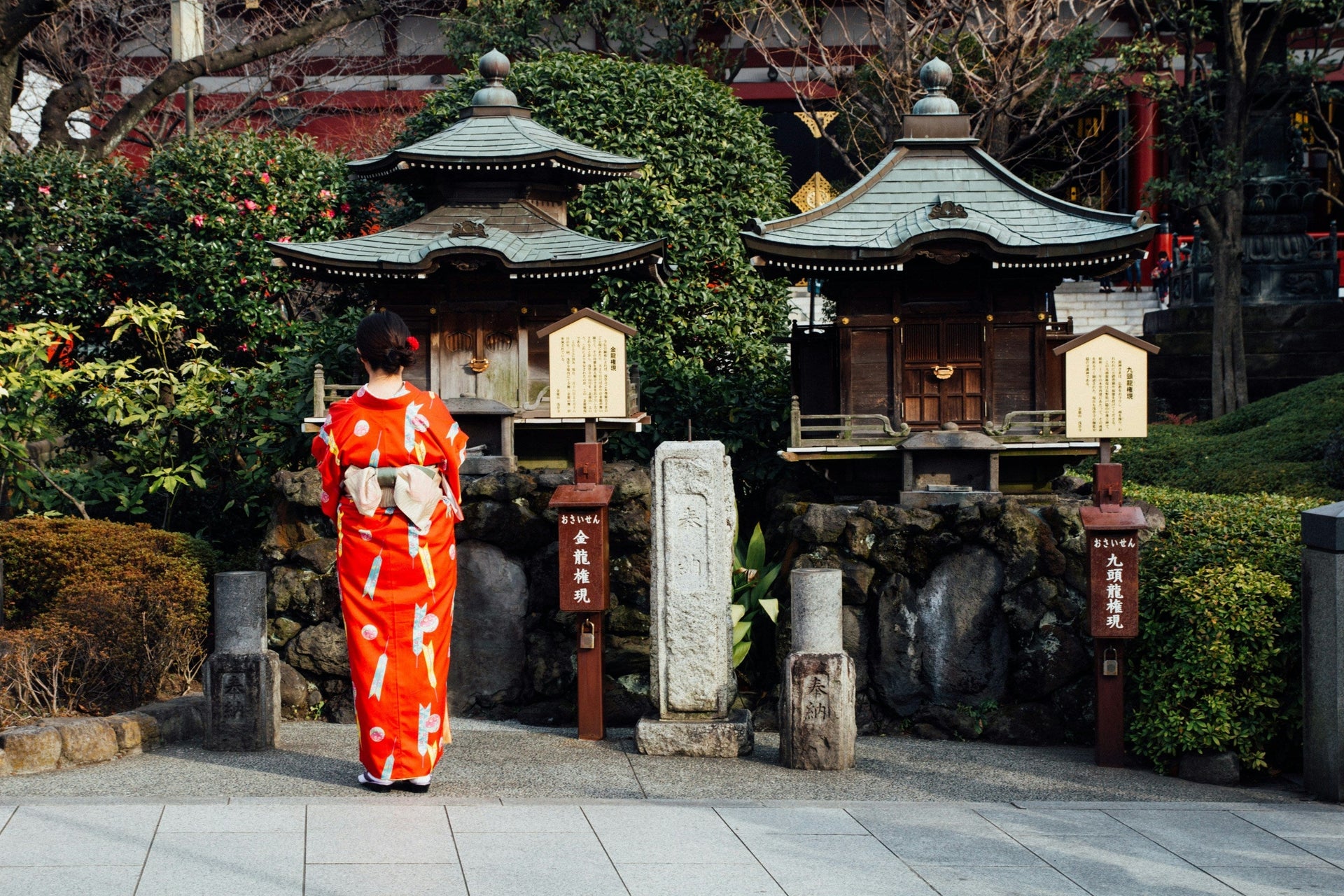In a world where everything seems to be replaced at the speed of light, the Japanese concept of wabi-sabi breaks this frantic rhythm and offers us the serenity we so deeply need. More than a simple aesthetic, it is a true philosophy of life: a way of recognizing beauty in what is fleeting, simple, and imperfect.
What is Wabi-sabi?
The term combines two notions:
- Wabi: simplicity, sobriety, harmony with nature.
- Sabi: the patina of time, the beauty revealed through age and wear.
Together, they invite us to contemplate what is fragile, modest, and transient. A chipped cup, a wooden board with irregular veins, a garden where fallen leaves mingle with moss, each of these holds a silent poetry that wabi-sabi teaches us to perceive.
An Everyday Aesthetic
Wabi-sabi is not a decorative trend that lasts only a few months, but a sensibility.At home, it is expressed through natural materials such as wood,stone, linen, that grow richer with time. In the arts, it is found in the tea ceremony, where the imperfection of a hand-shaped bowl becomes a mark of authenticity. In life, it appears in the acceptance of our own limits and in the appreciation of fleeting moments.
A Wisdom for Our Time
In an era of flawless filters and standardized objects, wabi-sabi reminds us that happiness does not depend on perfection. On the contrary, it encourages us to slow down, to appreciate what is already here, to find beauty in scars, cracks, and passing seasons.
To embrace wabi-sabi is to accept that nothing lasts, nothing is complete, and nothing is perfect. And perhaps it is precisely there that the true elegance of life resides.
